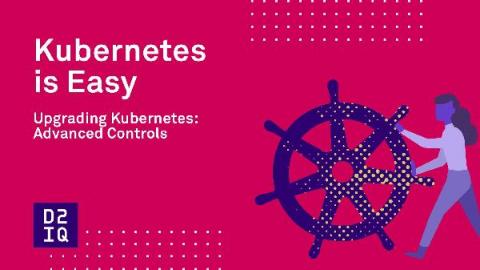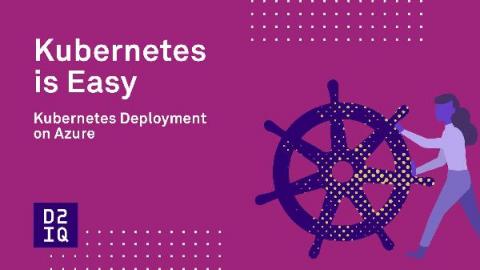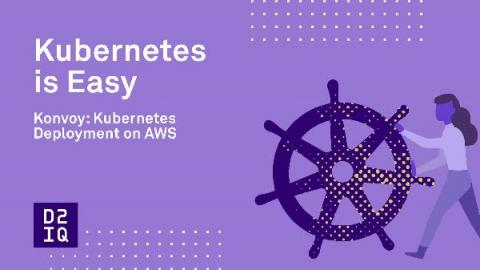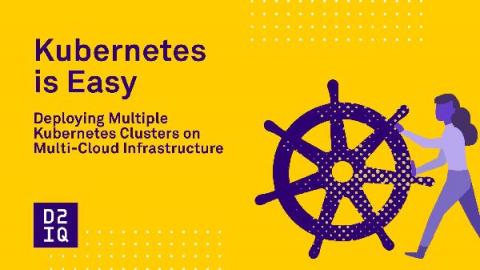How to Perform a Basic Rolling Upgrade of a Kubernetes Cluster
In today’s digital landscape, users expect applications to be available at all times and developers are expected to deploy new versions of these applications several times a day. Both of these expectations can be met by upgrading your Kubernetes cluster. Kubernetes is constantly getting new features and security updates, so your Kubernetes cluster needs to be kept up-to-date as well.











